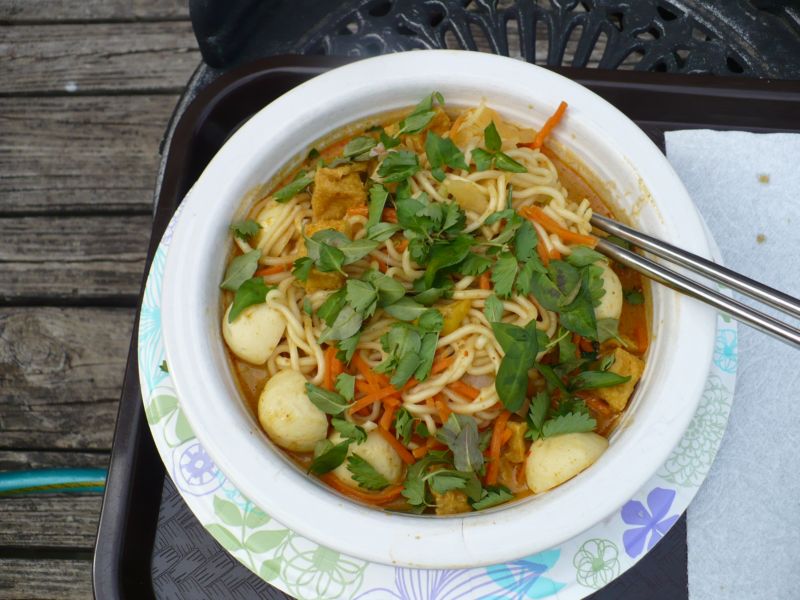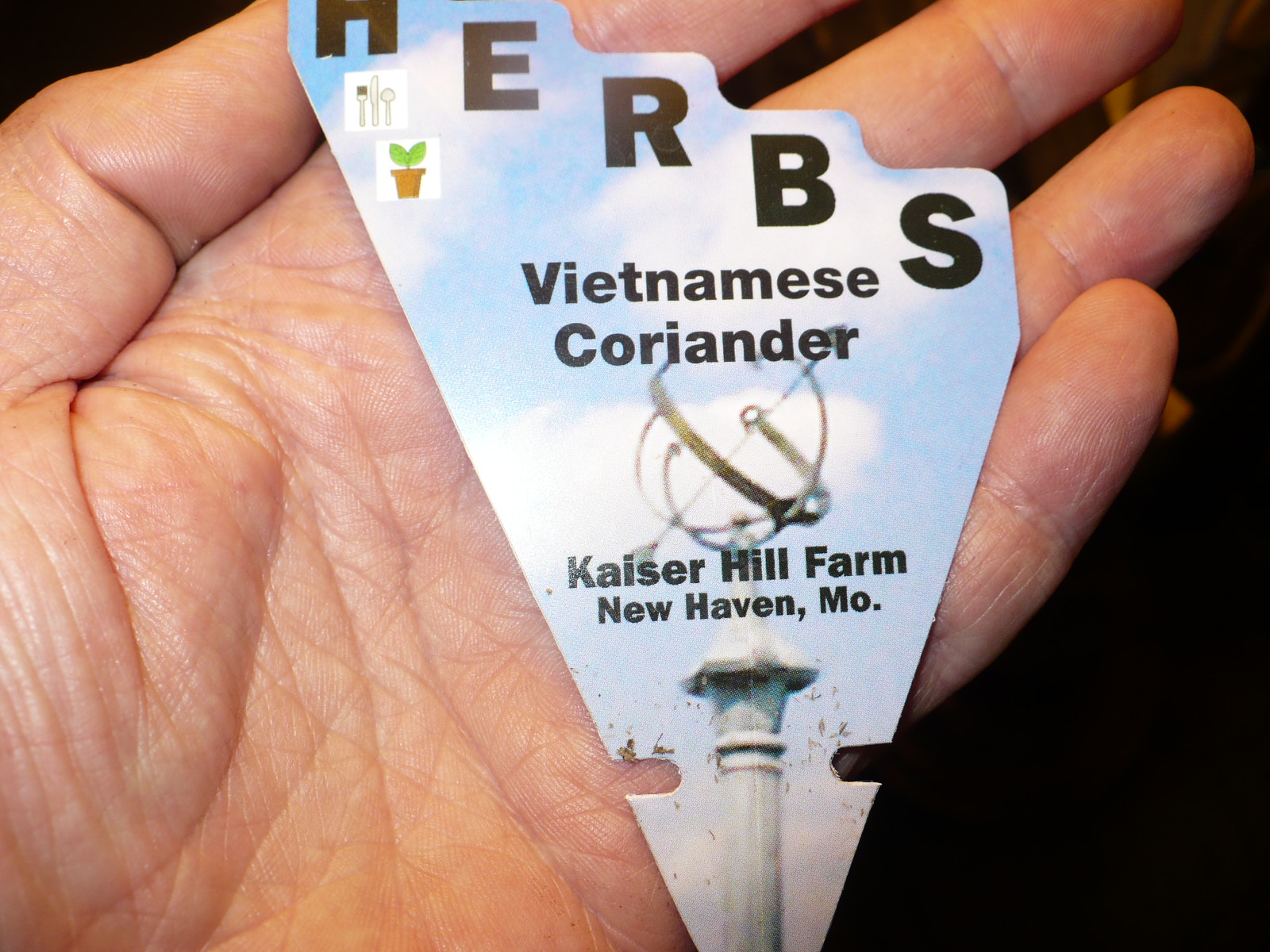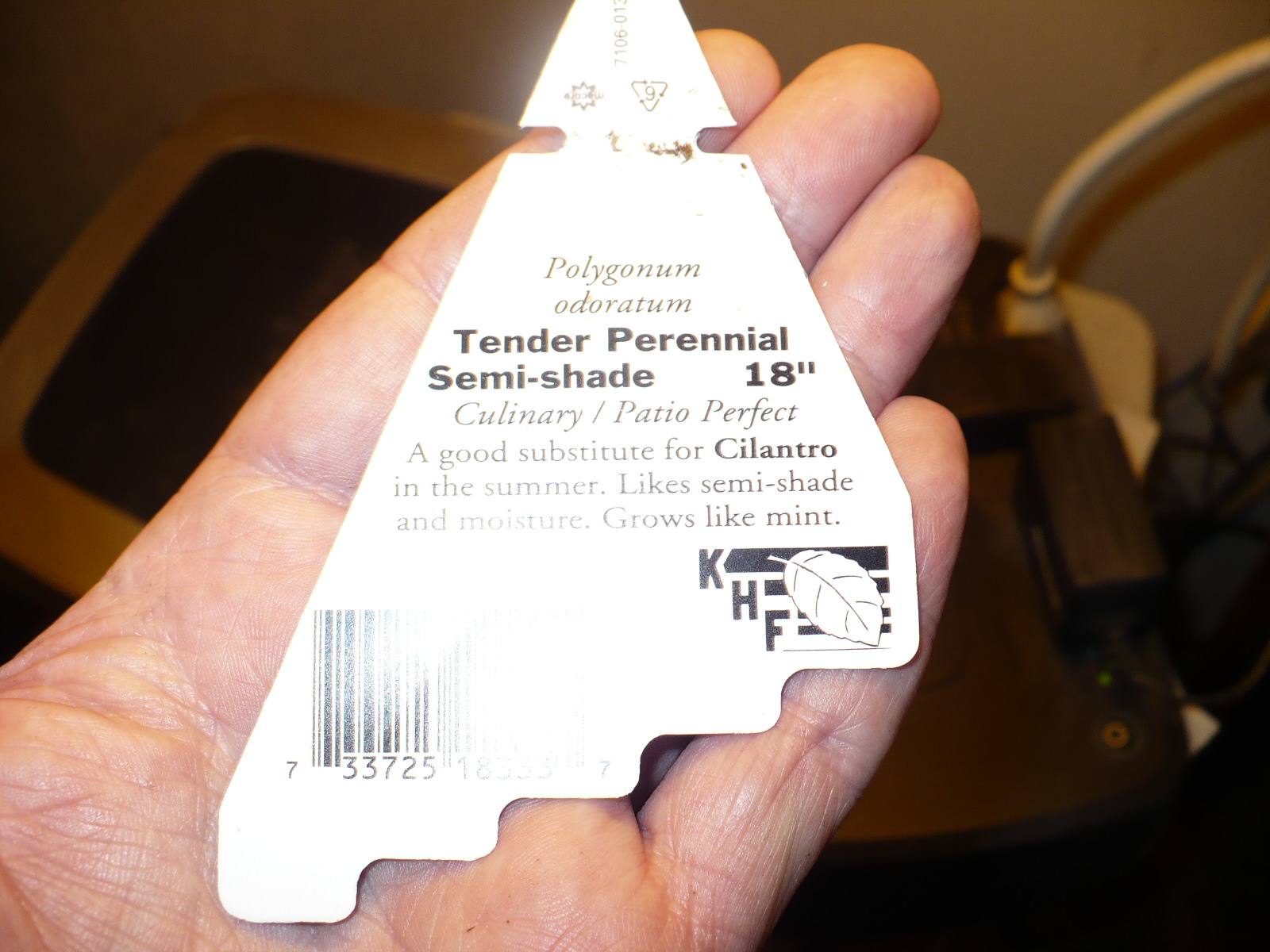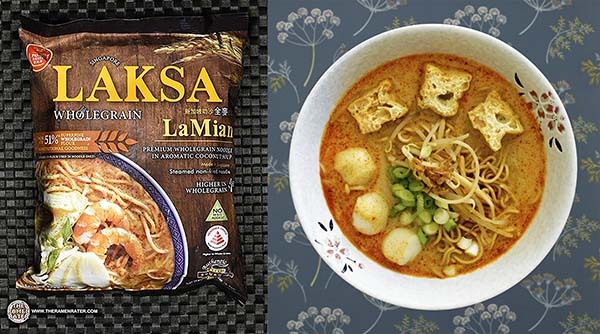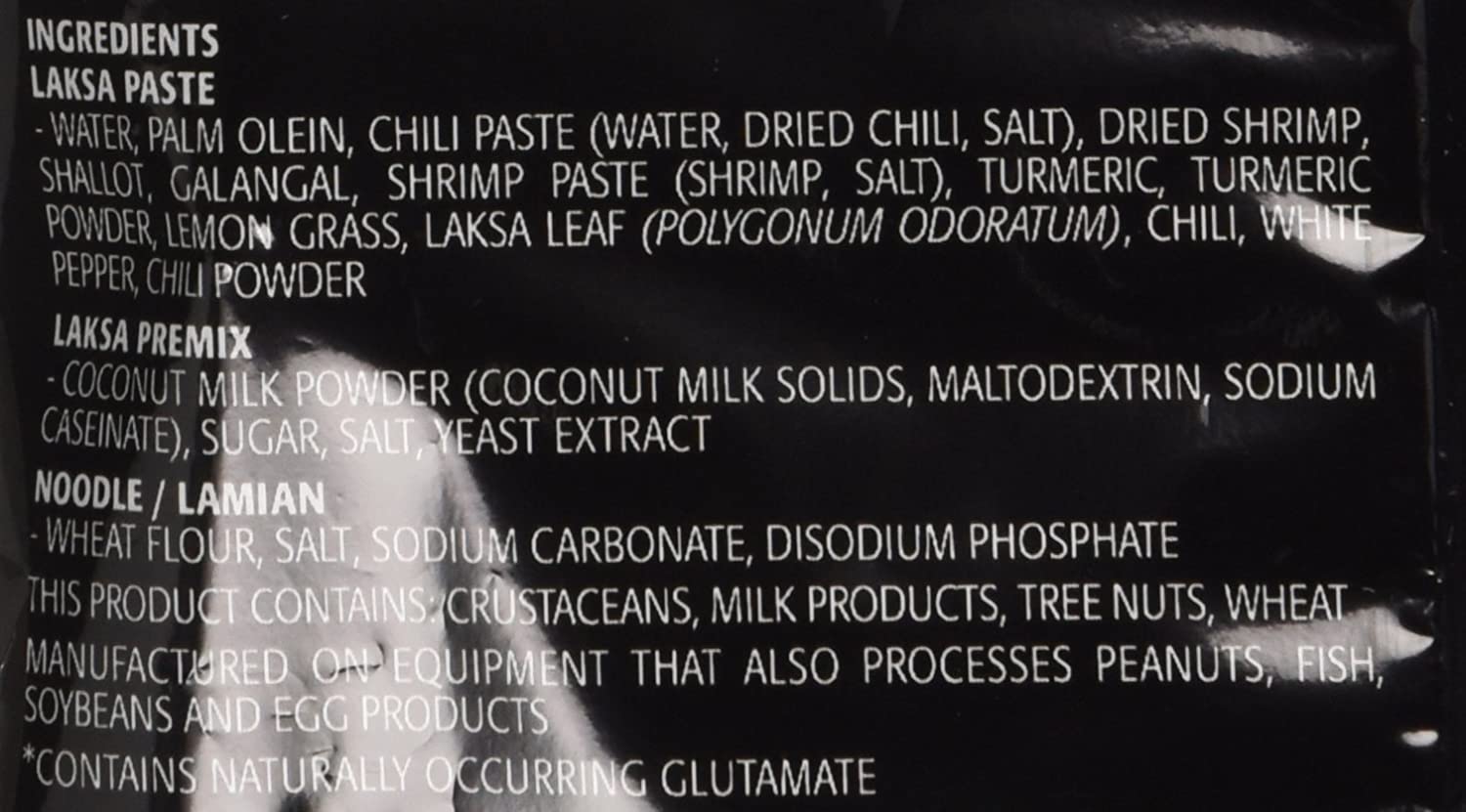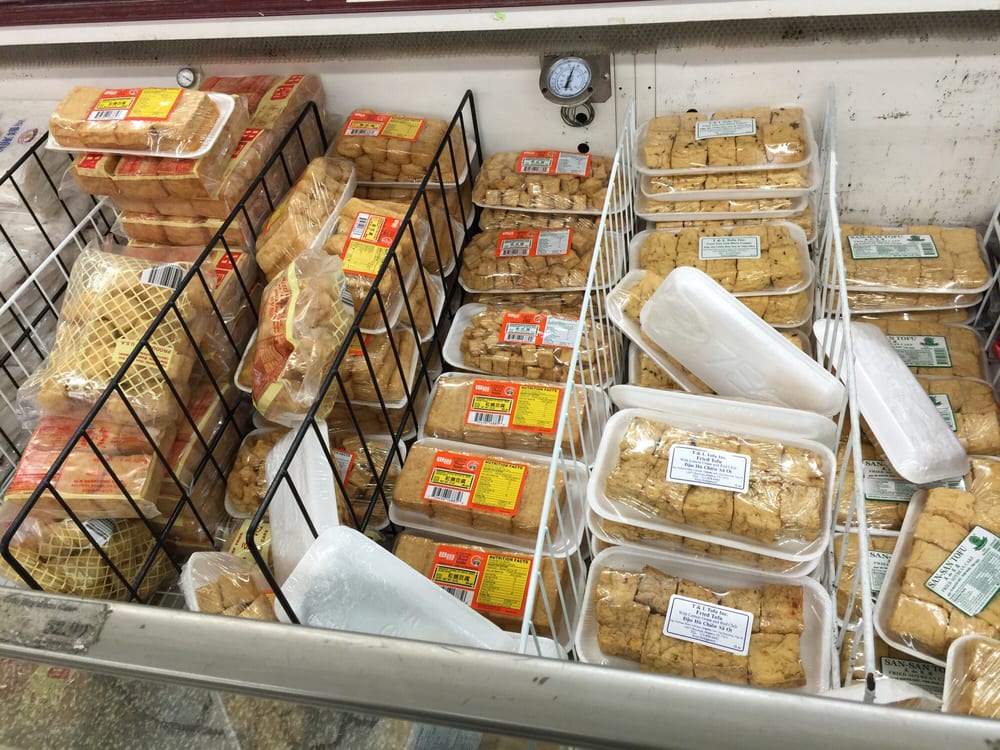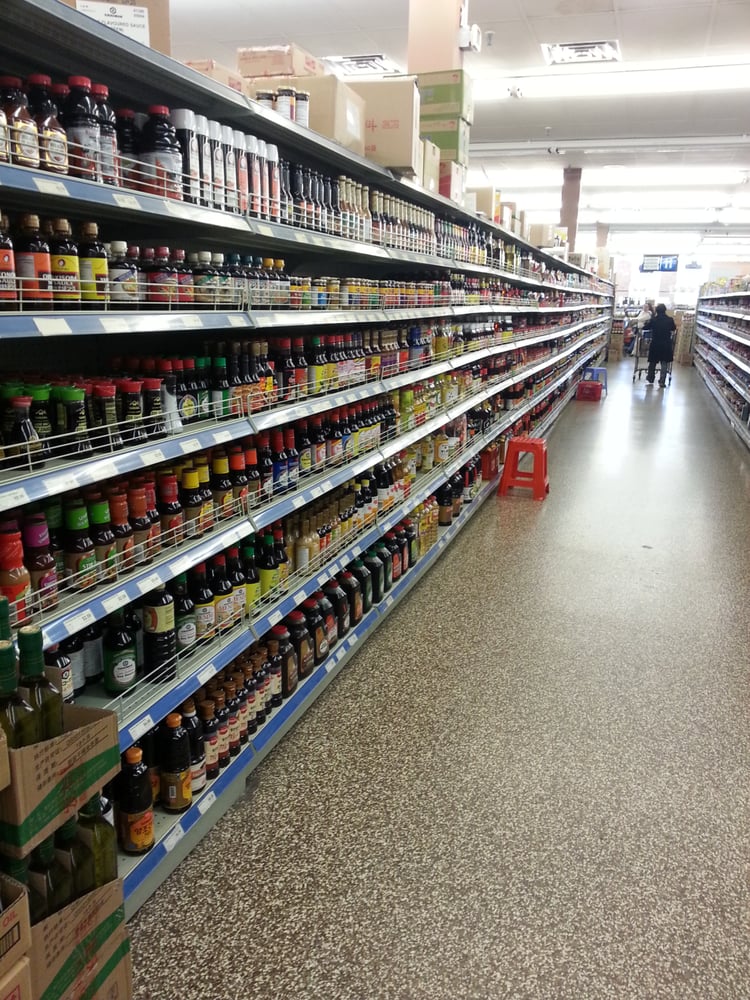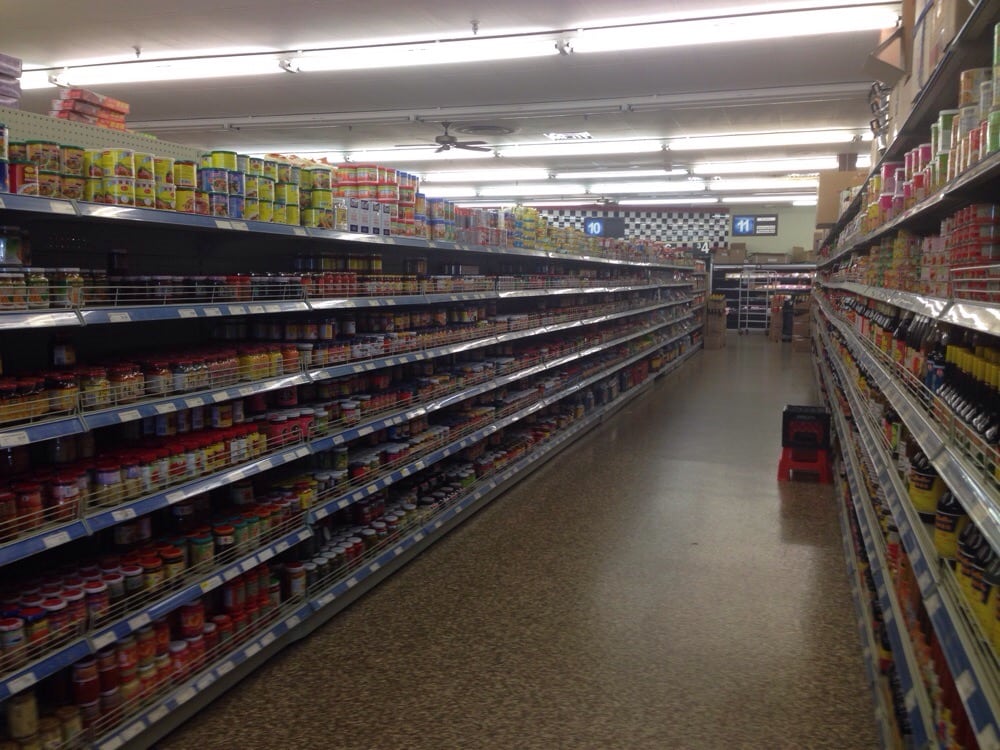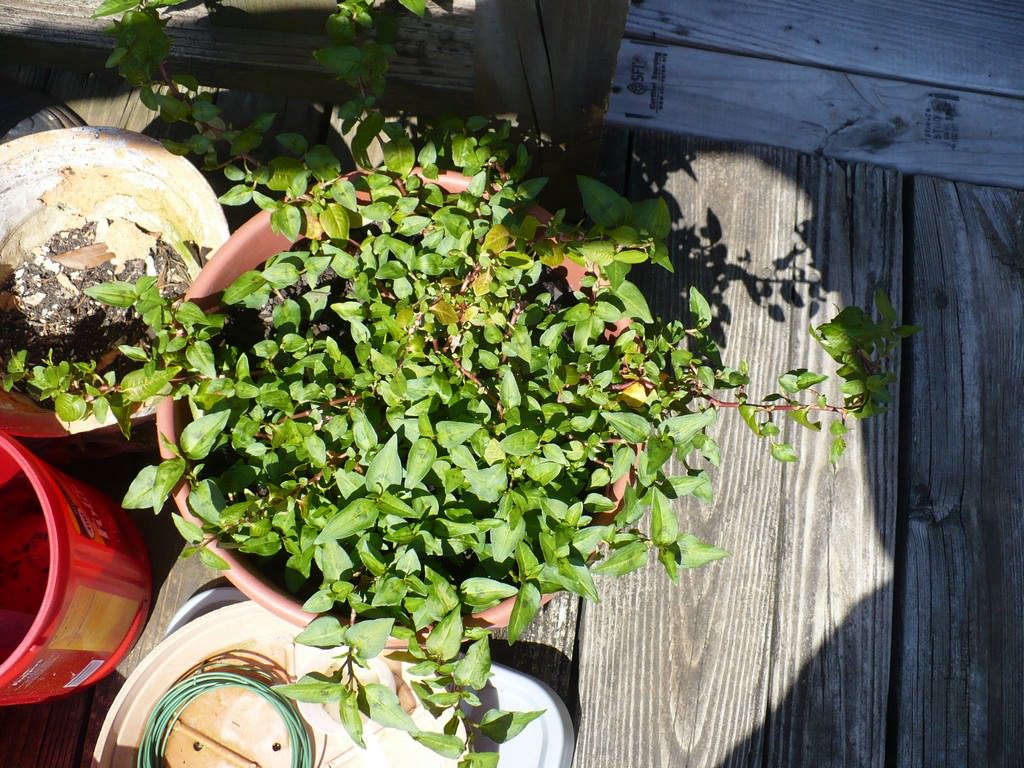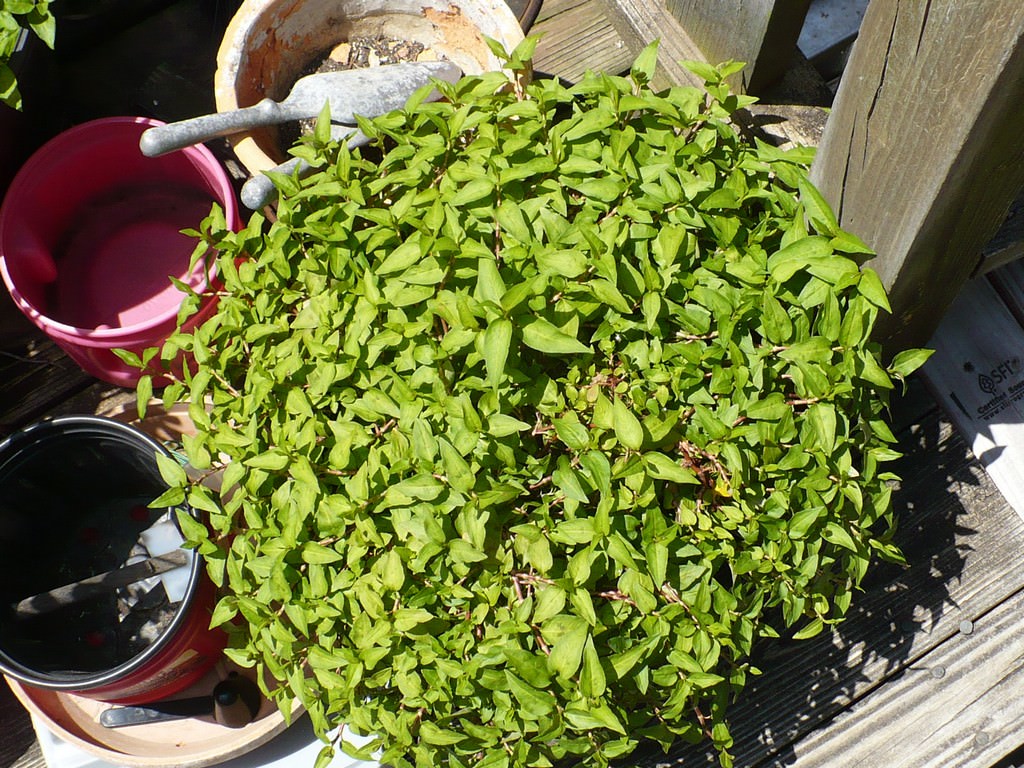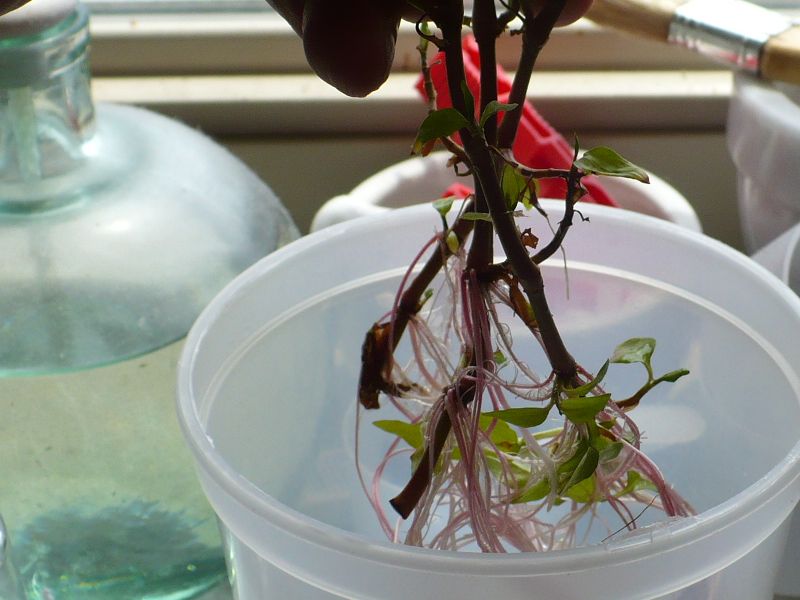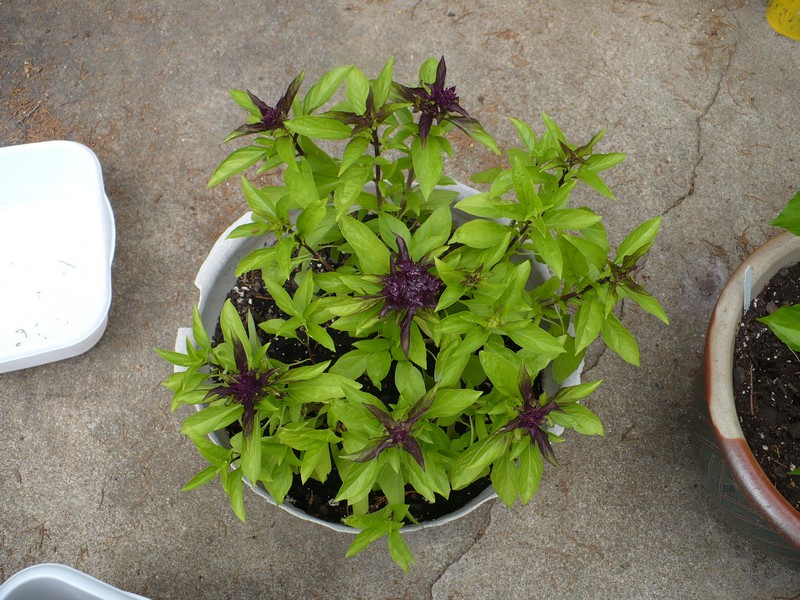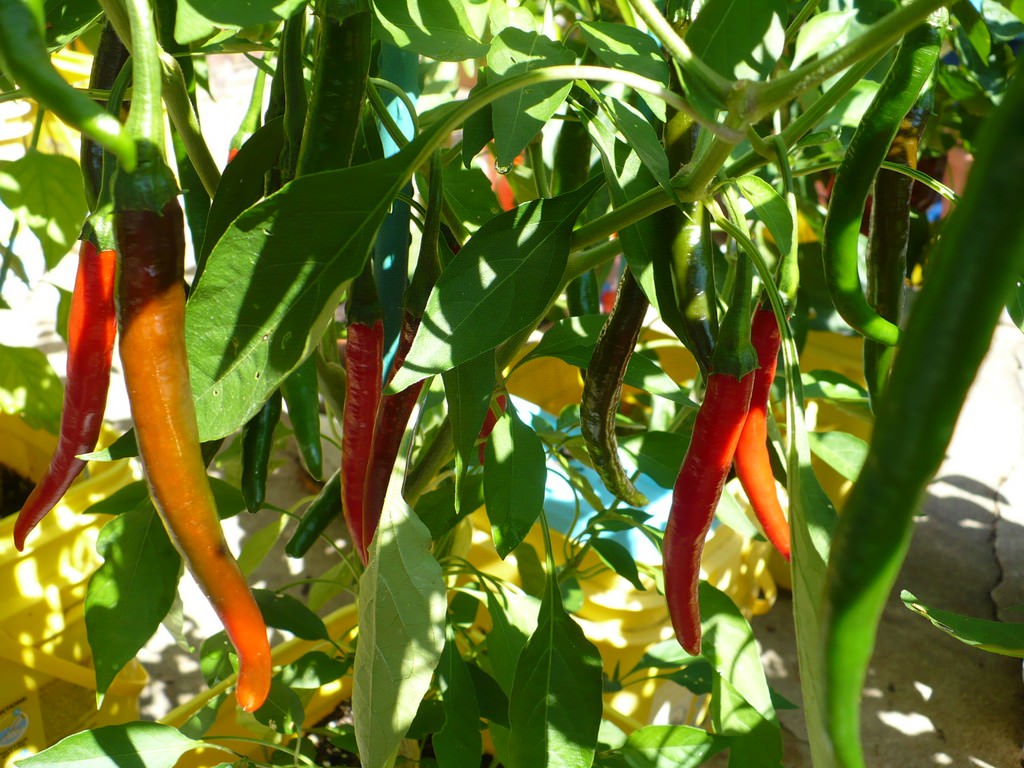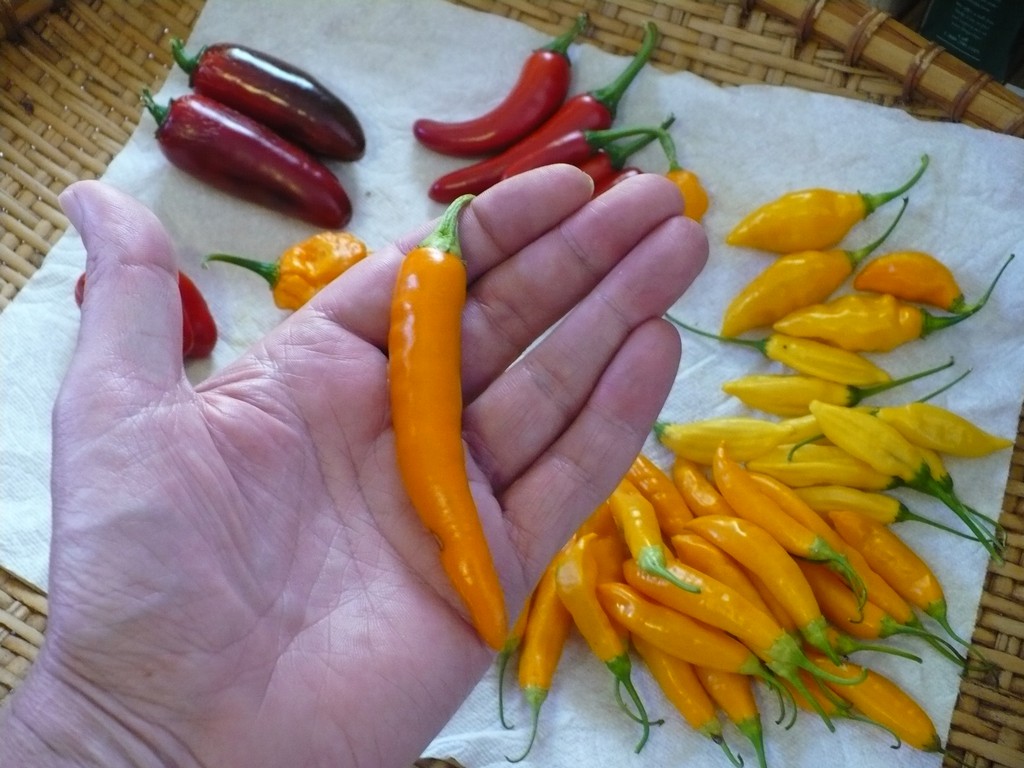TasunkaWitko
Well-Known Member
Curry Laksa
When The Beautiful Mrs Tas and I went to Australia last October, one of our first meals there was a bowl of Laksa from Jimmy's Recipe, an eatery in the Gateway Plaza at Circular Quay that specializes in Malaysian street food.
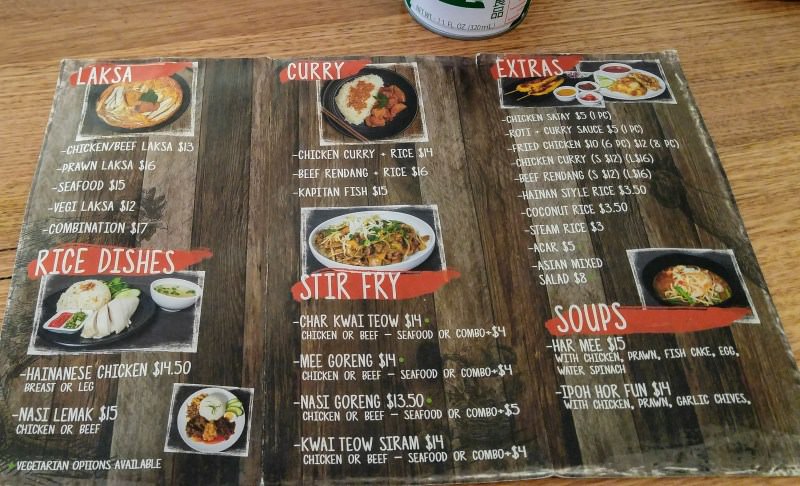
It was something entirely new to us, but we both were amazed at how good it was and how different it was from anything we had ever had.
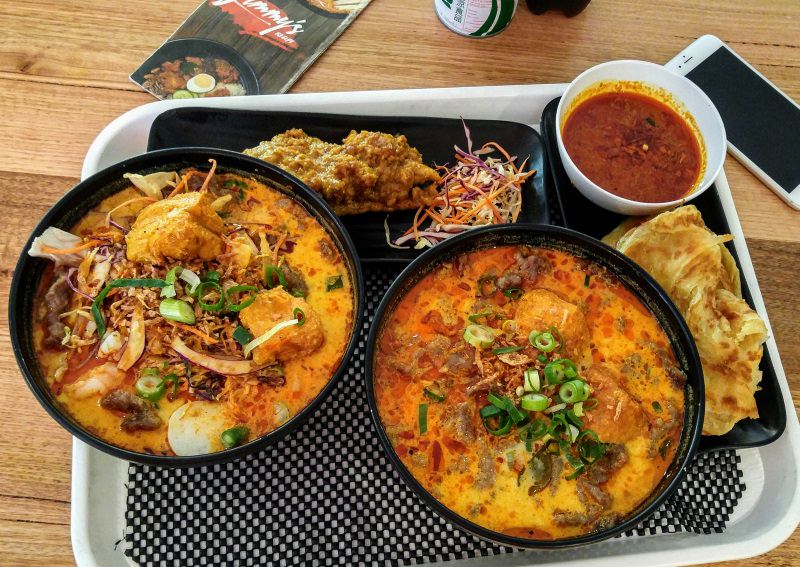
You can read about our experience here, if interested:
http://foodsoftheworld.activeboards...45&PID=40150&title=dining-out-in-sydney#40150
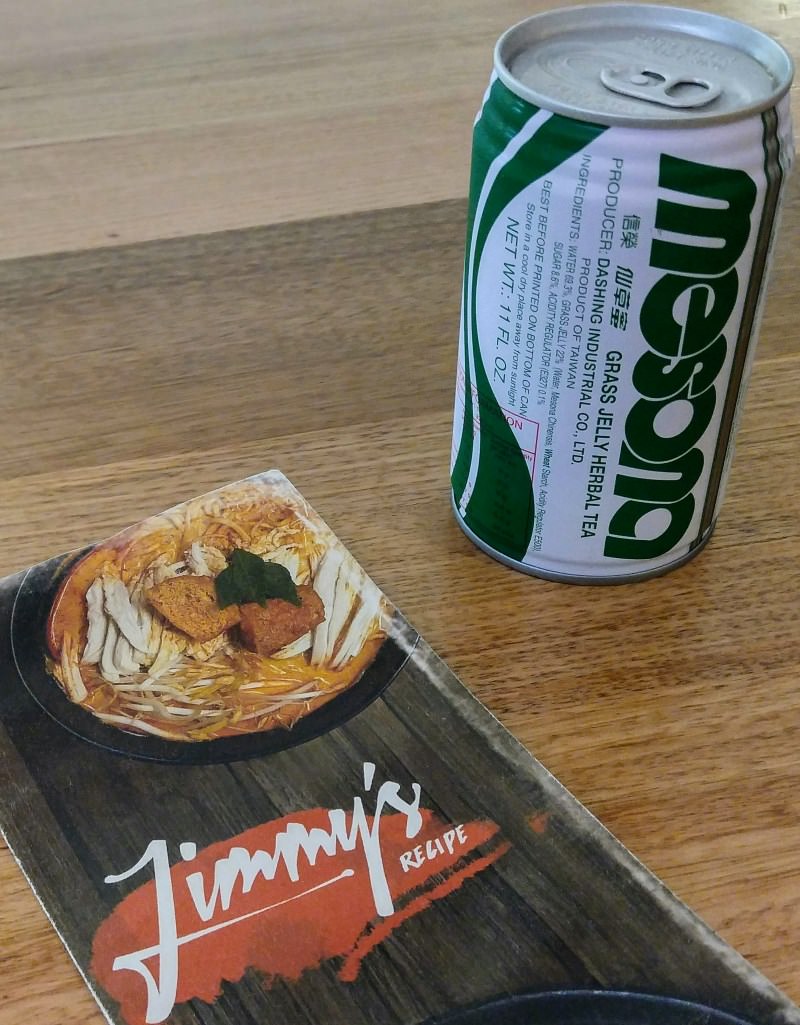
I immediately made it a personal goal to try to make my own Laksa in the same style as the Laksa that we enjoyed at Jimmy's Recipe. Almost from the moment we returned to Montana, I began to learn all that I could about Laksa while slowly gathering most of the necessary ingredients. The Beautiful Mrs. Tas was also enthusiastic to experience this wonderful meal again.
This list of links is in no particular order and represents most of the sources that I could find on the subject:
https://en.wikipedia.org/wiki/Laksa
https://www.facebook.com/notes/mala...in-from-jimmys-recipe-sydney/150930581633201/
https://www.facebook.com/jimmysrecipe/
https://akitchencat.com.au/curry-laksa/
https://www.sbs.com.au/food/article/2017/02/01/think-you-know-laksa-think-again
https://www.sbs.com.au/food/recipes/malay-curry-laksa-laksa-lemak
https://www.sbs.com.au/food/article/2013/09/06/breakdown-malay-curry-laksa-laksa-lemak
https://www.recipetineats.com/laksa-soup/
https://imstillhungry.net/jimmys-recipe-nobody-makes-laksa-like-this/
https://www.smh.com.au/entertainment/the-lure-of-the-laksa-20110217-1axwp.html
http://www.onebitemore.com/2009/03/jimmys-recipe-malaysia/
https://www.weekendnotes.com/jimmys-recipe-malaysian-restaurant/
https://www.broadsheet.com.au/sydney/restaurants/jimmys-recipes
https://www.theurbanlist.com/sydney/a-list/sydneys-best-laksa
http://dumplinggirlandcheesecakeboy.blogspot.com/2011/05/jimmys-recipe-world-square-sydney.html
http://simonfoodfavourites.blogspot.com/2009/07/jimmys-recipe-malaysia-laksa-sydney-7.html
http://simonfoodfavourites.blogspot.com/2009/12/jimmys-recipe-malaysia-seafood-laksa.html
https://weekendfoodescapes.blogspot.com/2016/04/jimmys-recipe-sydney-cbd.html
https://www.sunset.com/recipe/chicken-laksa
Most of these links were quite helpful in providing background information on Laksa as well as some information on the specific type of Curry Laksa that is served at Jimmy's Recipe. A few of the links also contain recipes for Laksa, with varying degrees of difficulty and use of ingredients. Over time, I might weed out some of the less-useful links that are not as relevant; however, that's what I have, for now.
One of the most useful links contained some very helpful advice from Alvin Wong, whose father founded Jimmy's Recipe; here, he describes a general procedure for making the Laksa that is served at their restaurant:
From what I have learned, Laksa can be as simple or as complicated as you want it to be; for instance, someone with access to a good Asian market should be able to make their own Laksa paste - the base of the meal - from scratch, and could also add a few specialised ingredients and components that could add to the over-all experience. Having said that, one can also make very good Laksa with a few basics or ready-made components. Armed with the knowledge that I gleaned from my research, the first thing I did was order some Laksa paste; there are a few varieties out there, but I chose this one because I remembered seeing it at a grocery store in Sidney and because I knew for sure that it contained enough to make one meal of four servings of the type of Laksa that I wanted to make:
https://www.amazon.com/gp/product/B00AKA862E/ref=oh_aui_search_asin_title
Here are a couple of other options:
https://www.amazon.com/Laksa-Paste-7oz-Pack-1/dp/B009I0UGWA/ref=sr_1_1
https://www.amazon.com/Prima-Taste-Laksa-6-6-Ounce-Boxes/dp/B009629ZSQ/ref=sr_1_3
Another key ingredient that is needed is fried tofu puffs, which serve as a topping for the soup (similar to croutons). A key part of of the Laksa experience is enjoying the tofu puffs, which have soaked up the wonderfully-flavoured curry broth. I found these to be surprisingly difficult to find, but did locate a couple of sources:
https://www.ebay.com/p/Hodonoshoten-Matsuyamaage-Age-Aburaage-Soft-Texture-Japan-45g/2197619596
https://www.harrisfarm.com.au/products/fortune-fried-tofu-puff
Another option is to make your own tofu puffs; recipes abound on the Internet.
Unfortunately, through a series of ridiculous events, I never did pick up any tofu puffs for my first attempt; however, I did find an acceptable stubstifute and will elaborate on that later.
One final product that I ordered was something that is probably readily available in most bigger towns, but not so much where I live. This is Sambal Oelek, which is a chili sauce that can be added to the Laksa when it is served, for added heat and flavour:
https://www.amazon.com/Sambal-Oelek-Chilli-Paste-18oz/dp/B000JMDHCC
I picked up a few other ingredinets, which were fairly easy to find even in my limited area, and then began to put a plan together in my head on how I would proceed. When I was ready to give it a try I asked The Beautiful Mrs. Tas what type of Laksa she wanted: beef, chicken, seafood, vegetable, or a combination thereof. In reply, she said that she wanted a combination of beef, chicken and shrimp, so I picked up those meats and a few other last-minute essentials.
On Sunday, 17 March, I prepared this for lunch, with a much better degree of success than I expected. I neglected a couple of things, but for the most part I put it together fairly well and it tasted absolutely great. It was not quite the same as what we had at Jimmy's Recipe; however, it was actually very close, and I immediately was reminded of our experience in Sydney. Even better, I was able - through actually doing it - to get my mind wrapped around some of the procedures, which are in my opinion important when making this dish. Best of all, The Beautiful Mrs. Tas enjoyed it, as well!
In my next post, I'll outline how I made the Laksa, with as much detail as I can think of, and with a few ideas for next time.
When The Beautiful Mrs Tas and I went to Australia last October, one of our first meals there was a bowl of Laksa from Jimmy's Recipe, an eatery in the Gateway Plaza at Circular Quay that specializes in Malaysian street food.

It was something entirely new to us, but we both were amazed at how good it was and how different it was from anything we had ever had.

You can read about our experience here, if interested:
http://foodsoftheworld.activeboards...45&PID=40150&title=dining-out-in-sydney#40150

I immediately made it a personal goal to try to make my own Laksa in the same style as the Laksa that we enjoyed at Jimmy's Recipe. Almost from the moment we returned to Montana, I began to learn all that I could about Laksa while slowly gathering most of the necessary ingredients. The Beautiful Mrs. Tas was also enthusiastic to experience this wonderful meal again.
This list of links is in no particular order and represents most of the sources that I could find on the subject:
https://en.wikipedia.org/wiki/Laksa
https://www.facebook.com/notes/mala...in-from-jimmys-recipe-sydney/150930581633201/
https://www.facebook.com/jimmysrecipe/
https://akitchencat.com.au/curry-laksa/
https://www.sbs.com.au/food/article/2017/02/01/think-you-know-laksa-think-again
https://www.sbs.com.au/food/recipes/malay-curry-laksa-laksa-lemak
https://www.sbs.com.au/food/article/2013/09/06/breakdown-malay-curry-laksa-laksa-lemak
https://www.recipetineats.com/laksa-soup/
https://imstillhungry.net/jimmys-recipe-nobody-makes-laksa-like-this/
https://www.smh.com.au/entertainment/the-lure-of-the-laksa-20110217-1axwp.html
http://www.onebitemore.com/2009/03/jimmys-recipe-malaysia/
https://www.weekendnotes.com/jimmys-recipe-malaysian-restaurant/
https://www.broadsheet.com.au/sydney/restaurants/jimmys-recipes
https://www.theurbanlist.com/sydney/a-list/sydneys-best-laksa
http://dumplinggirlandcheesecakeboy.blogspot.com/2011/05/jimmys-recipe-world-square-sydney.html
http://simonfoodfavourites.blogspot.com/2009/07/jimmys-recipe-malaysia-laksa-sydney-7.html
http://simonfoodfavourites.blogspot.com/2009/12/jimmys-recipe-malaysia-seafood-laksa.html
https://weekendfoodescapes.blogspot.com/2016/04/jimmys-recipe-sydney-cbd.html
https://www.sunset.com/recipe/chicken-laksa
Most of these links were quite helpful in providing background information on Laksa as well as some information on the specific type of Curry Laksa that is served at Jimmy's Recipe. A few of the links also contain recipes for Laksa, with varying degrees of difficulty and use of ingredients. Over time, I might weed out some of the less-useful links that are not as relevant; however, that's what I have, for now.
One of the most useful links contained some very helpful advice from Alvin Wong, whose father founded Jimmy's Recipe; here, he describes a general procedure for making the Laksa that is served at their restaurant:
Alvin Wong said:The most important part of laksa is the soup. You can use the noodle of your choice, any meat or vegetables.
1. cook the chicken stock soup (you can cook it yourself or get it from the supermarket)
2. while heating up the chicken stock until it boils, pan-fry the laksa paste (which you can get from supermarkets, any brand is ok. I don't favour any particular brand….).
3. keep stirring the paste so it doesn't burn and stick on pan. As soon as it is hot, you should be able to smell the fragrance of the paste.
4. then put it into the chicken stock soup and add milk and coconut milk (just a small portion).
5. add sugar and salt for taste.
6. then pour your laksa soup into a bowl with the cooked noodles, meat and vegetables
7. enjoy!
From what I have learned, Laksa can be as simple or as complicated as you want it to be; for instance, someone with access to a good Asian market should be able to make their own Laksa paste - the base of the meal - from scratch, and could also add a few specialised ingredients and components that could add to the over-all experience. Having said that, one can also make very good Laksa with a few basics or ready-made components. Armed with the knowledge that I gleaned from my research, the first thing I did was order some Laksa paste; there are a few varieties out there, but I chose this one because I remembered seeing it at a grocery store in Sidney and because I knew for sure that it contained enough to make one meal of four servings of the type of Laksa that I wanted to make:
https://www.amazon.com/gp/product/B00AKA862E/ref=oh_aui_search_asin_title
Here are a couple of other options:
https://www.amazon.com/Laksa-Paste-7oz-Pack-1/dp/B009I0UGWA/ref=sr_1_1
https://www.amazon.com/Prima-Taste-Laksa-6-6-Ounce-Boxes/dp/B009629ZSQ/ref=sr_1_3
Another key ingredient that is needed is fried tofu puffs, which serve as a topping for the soup (similar to croutons). A key part of of the Laksa experience is enjoying the tofu puffs, which have soaked up the wonderfully-flavoured curry broth. I found these to be surprisingly difficult to find, but did locate a couple of sources:
https://www.ebay.com/p/Hodonoshoten-Matsuyamaage-Age-Aburaage-Soft-Texture-Japan-45g/2197619596
https://www.harrisfarm.com.au/products/fortune-fried-tofu-puff
Another option is to make your own tofu puffs; recipes abound on the Internet.
Unfortunately, through a series of ridiculous events, I never did pick up any tofu puffs for my first attempt; however, I did find an acceptable stubstifute and will elaborate on that later.
One final product that I ordered was something that is probably readily available in most bigger towns, but not so much where I live. This is Sambal Oelek, which is a chili sauce that can be added to the Laksa when it is served, for added heat and flavour:
https://www.amazon.com/Sambal-Oelek-Chilli-Paste-18oz/dp/B000JMDHCC
I picked up a few other ingredinets, which were fairly easy to find even in my limited area, and then began to put a plan together in my head on how I would proceed. When I was ready to give it a try I asked The Beautiful Mrs. Tas what type of Laksa she wanted: beef, chicken, seafood, vegetable, or a combination thereof. In reply, she said that she wanted a combination of beef, chicken and shrimp, so I picked up those meats and a few other last-minute essentials.
On Sunday, 17 March, I prepared this for lunch, with a much better degree of success than I expected. I neglected a couple of things, but for the most part I put it together fairly well and it tasted absolutely great. It was not quite the same as what we had at Jimmy's Recipe; however, it was actually very close, and I immediately was reminded of our experience in Sydney. Even better, I was able - through actually doing it - to get my mind wrapped around some of the procedures, which are in my opinion important when making this dish. Best of all, The Beautiful Mrs. Tas enjoyed it, as well!
In my next post, I'll outline how I made the Laksa, with as much detail as I can think of, and with a few ideas for next time.
Last edited:


